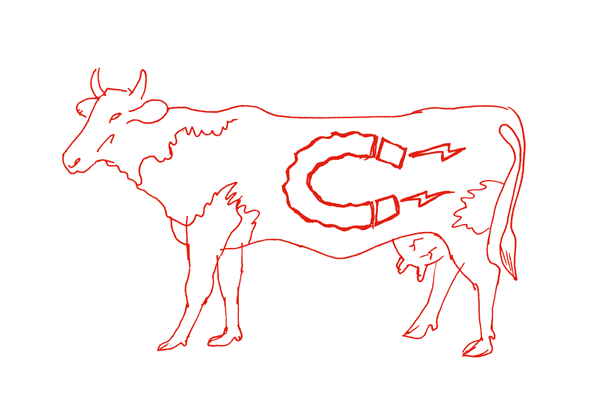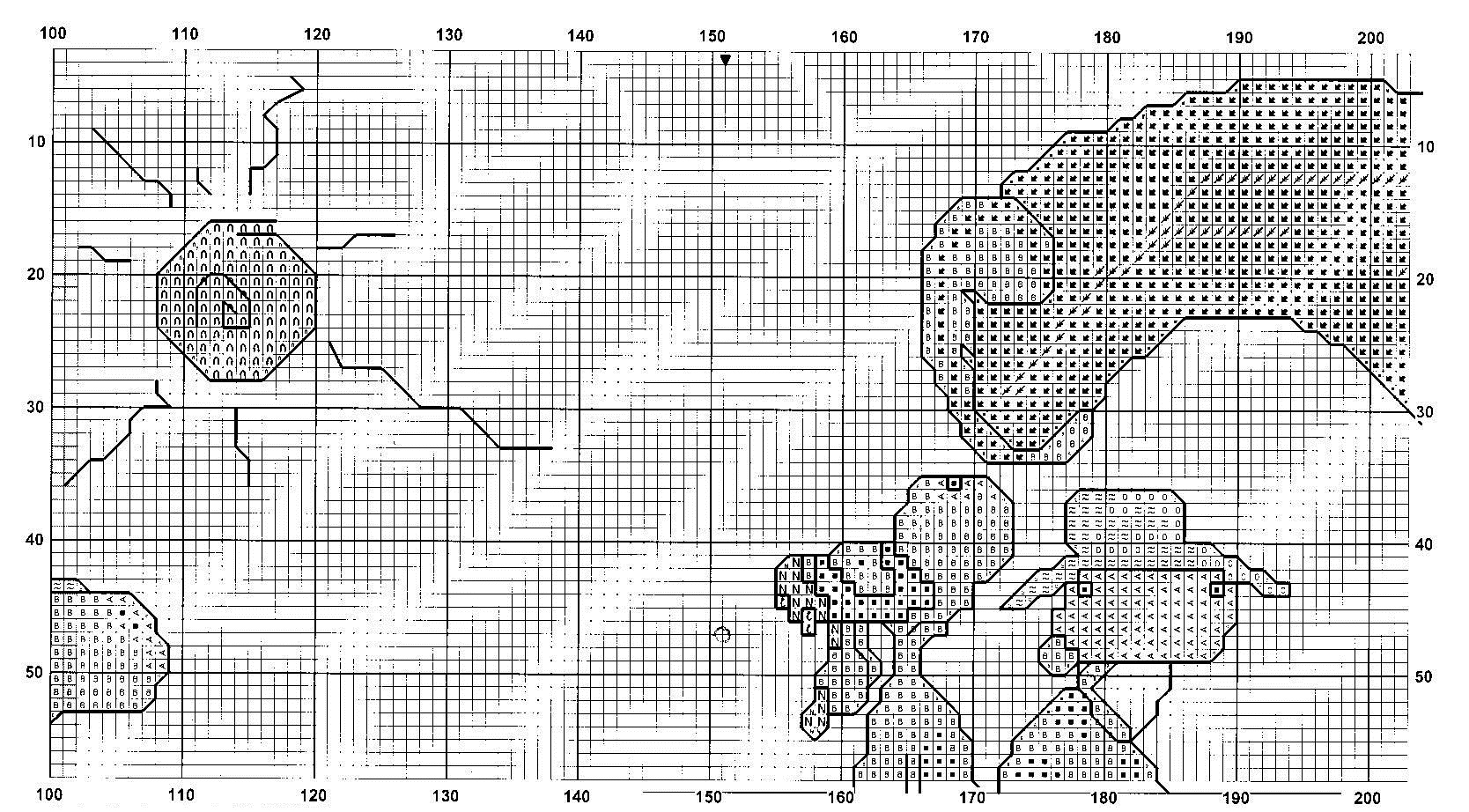Bendable extension magnet: The aluminum handle is 4.5 inches with an etched hand grip for gripping convenience. The bendable shaft is 14 inches long and the aluminum tip with the magnet is 0.5 inch long. In total, This pick-up tool can extend up to 19 inches. Lift capability: The neodymium tip magnet has a 2-pound pull. Find the best savings rates, cd rates, mortgage rates and more. Compare rates and information on over 8,000 Banks and 7,700 Credit Unions using the world’s largest online database of Bank Rates. Get the best deals on cow magnet when you shop the largest online selection at eBay.com. Free shipping on many items Browse your favorite brands affordable prices. Heavy Duty Welding Magnet. STRONG HAND TOOLS MS45 at $15.84. Heavy Duty On/Off Large Welding Magnet.
In March of 2012, a three year old child in Oregon swallowed over three dozen magnet spheres. Each sphere measured only a few millimeters in diameter. But these magnets, known as neodymium magnets and marketed under the brand Buckyballs, were incredibly strong — per Wikipedia, neodymium magnets are the strongest type of permanent magnet made. As TIME reported, the magnets punctured the young girl’s stomach and intestines, requiring her to undergo surgery. She was luckier than others — the 2006, per TIME, the U.S. Consumer Product Safety Commission (CPSC) reported that at least one child had died from ingesting similar magnets in the preceding three years.
Since then, Buckyballs have been somewhat controversial. In July, the CPSC requested a recall of Buckyballs, but the company is fighting that recall, arguing that they’ve been clearly marketing the product to adults and eschewing opportunities to sell or market to children. But what’s bad for children may be OK for adults — and may be necessary for cows.
Cow Magnet
Yes, cows.
While humans are careful about what they eat, cows, well, aren’t. Put some hay or grass or anything else to graze on in front of them, and they’ll mindlessly start eating. They don’t do a very good job when it comes to figuring out what they’re eating, exactly; as Wikipedia notes, “they do not use their lips to discriminate between materials and they do not completely chew their feed before swallowing.” That’s not a problem if everything in front of them is digestible, but of course, that’s not always the case. Nails, wire, staples, etc. can get mixed up in the cow’s feed. When a cow accidentally ingests something metal, those metal pieces can get stuck in a part of their stomachs called the reticulum — and, over time, puncture holes in the lining. This condition, called “bovine traumatic reticuloperitonitis” or “hardware disease,” is painful for the cow and often leads to a dramatic reduction in the cow’s ability to produce milk. And no rancher wants that.
To fix this? Magnets.
Pictured above is a cow magnet, measuring about 8 centimeters long and 1 cm in diameter. The magnets are designed to sit in the cow’s rumen (here’s a chart of sorts) — it’s small enough to get there, but too large to pass further. And it sits there collecting stray metal before it can cause the cow pain. The magnet remains inside the cow for the life of the animal (and apparently can be reused afterward), and the presence of the magnet and the attracted metal in the rumen apparently has no effect on the cow’s health or lifespan.
Bonus fact: Cows are in tune with magnets in another way — they’re apparently somehow aware of the location of the magnetic poles of the Earth. As reported by the Guardian in 2006, when grazing or at rest, cows tend to stand facing north. The same is apparently also true for deer.


From the Archives: eMilk: Why buy the cow when you can get the milk online, with three or four day shipping?
Related: A cow magnet. $5. The image on that page has the magnet next to a penny, probably so that you can get a sense for how big the magnet is.
Here’s a weird magnet fact for your week━somewhere, there’s a magnet in the stomach of a cow. Magnets are commonly used by farmers and ranchers to prevent Hardware disease, also called bovine traumatic reticuloperitonitis. Because cows do not discern objects with their mouth when eating and often swallow food whole, they are prone to eat dangerous metal objects like nails or wire. If one of these sharp objects were to pass through the reticulum it can puncture vital organs, causing pain and even death depending on where and how far the object travels. Because the stomach is so close to the heart in cattle, the most serious cases of Hardware disease are the result of an object piercing the heart and causing failure.

Cow Magnets Strength
Prevention of Hardware disease is the smartest ways to fight it. To prevent cows from developing Hardware disease as a result of the ingestion of inedible objects, sometimes farmers will place a single “cow magnet” in the stomach of a cow. The magnet then attracts any metal objects and prevents them from travelling further through the body. However, this isn’t the only method of prevention. Beef Magazine says that the most important step, “is to keep wire and other metal objects out of feed.” In order to do this, many animal food processing systems use a magnetic device to filter out any possible metal debris.
Cow Magnets Amazon
When diagnosing Hardware disease, one of the first things that veterinarians will do is check for the presence of a cow magnet. Oftentimes, veterinarians will place a compass beside a cow’s stomach to detect the magnetic field.
Cow Magnet For Sale
Although there may be a magnet in a cow, magnets should never be ingested by humans. Doing so can result in choking, harm to organs and even death, which is especially the case if two or more magnets are ingested at once. Because magnets will attract and pull towards each other, the presence of two or more can pinch organs and break bones. Even when it comes to cows or any other animal, a veterinary professional should be consulted before doing anything with a magnet.

Comments are closed.